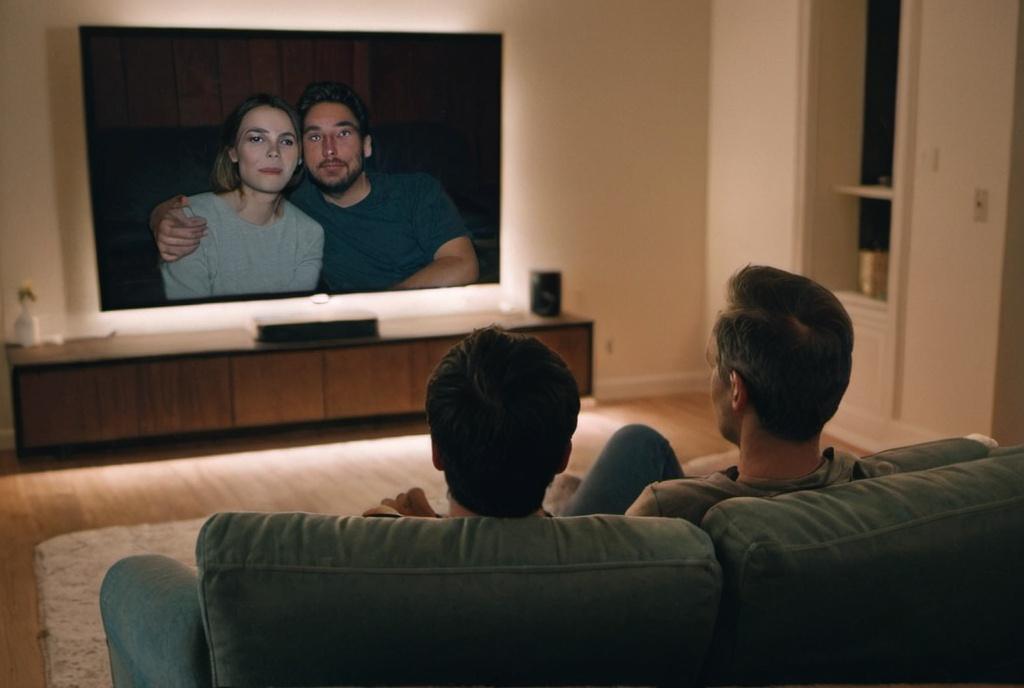
Key Take Aways About marketing a film
- Marketing budgets can match production costs—a worthwhile investment for high audience reach.
- Understand audience demographics to focus marketing efforts effectively across various platforms.
- Timing is crucial; coordinate trailer releases and leverage film festival buzz for momentum.
- Employ trailers, posters, and press junkets as vital marketing tools to pique interest.
- Successful film marketing integrates strategy and creativity to fill seats and enhance cultural impact.

Marketing a Film: The Basics
So, you’re sitting on the next big blockbuster, eh? Awesome. But wait, how do you get people to know it exists, let alone shell out the dough to see it on the big screen? That’s where marketing comes in. Yeah, it’s not just slapping a poster on the wall anymore. It’s a world of its own, with a lot of moving parts. Let’s break it down.
The Budget Question: Money Matters
Money, my friend, is a big deal. In film marketing, every dollar counts. The marketing budget can sometimes be as hefty as the production budget itself. That’s right, you could be spending as much promoting your film as you did making it.
Why? Well, consider it an investment. A well-marketed film can earn back its budget and then some. But, how do you decide how much to spend? Think about your audience size, the genre of your film, and your expected box office haul. A small indie film isn’t going to have—or need—the same marketing budget as the latest superhero flick.
Targeting the Audience: Who’s Watching?
Who are you trying to reach? Kids? Teens? Adults who still pretend they’re interested in the latest fantasy saga? Understanding your audience is key because it determines where you’ll focus your marketing efforts.
Social media platforms are goldmines for reaching younger audiences. A snazzy trailer on Twitter or a behind-the-scenes tidbit on Instagram can spark interest. But don’t forget about good old email marketing and traditional media, especially for those stubborn folks who ignore anything that doesn’t come from a TV.
Timing is Everything: The Sweet Spot
Let’s talk timing. Release your trailer too early, and you risk losing steam before the film even hits theaters. Too late, and folks may not even notice. Finding that sweet spot is crucial. Most films drop their first trailers 4 to 6 months before release, with a follow-up trailer or two to keep the momentum going.
But it’s not just about the trailer. Announcements at film festivals are big business. They can give your film a credibility boost and build buzz. Imagine some film critic raving about your film at a festival; that stuff can be the difference between a packed theater and crickets.
The Tools of the Trade
You need the right tools for the job, right? Here’s a whirlwind tour of some marketing must-haves:
Trailers: The Teaser and the Reveal
Trailers are like appetizers—they whet the appetite without giving away the whole meal. A good trailer teases the audience, making them curious. But be careful not to spoil the whole movie! Nobody likes the guy who ruins the ending before you walk into the theater.
Posters and Other Visuals: The Eye-Candy
Posters, billboards, bus ads—you name it. These visuals are the eye-candy that catch the attention of the casual passerby. They’re the first impression, so make it count. Think of them like the cover of a book; they’re often what gets someone to pick it up in the first place.
Press Junkets and Interviews: Talking the Talk
Press junkets and interviews are all about talking the talk. They’re a chance for the actors and directors to get out there and promote the film. These sessions generally help keep the film in the limelight, with snippets making it to entertainment news shows and articles.
Final Thoughts: The Bottom Line
Marketing a film isn’t just a process—it’s a balancing act. It’s about getting the word out, stoking interest, and making sure audiences know why they should choose to spend their time and money to see your film. It takes a little bit of strategy, a bit of creativity, and a whole lot of knowing your audience. When done right, effective marketing can not only ensure that the seats are filled but also turn a film into a cultural phenomenon. And hey, maybe next time you’ll be the one thanking the Academy.



